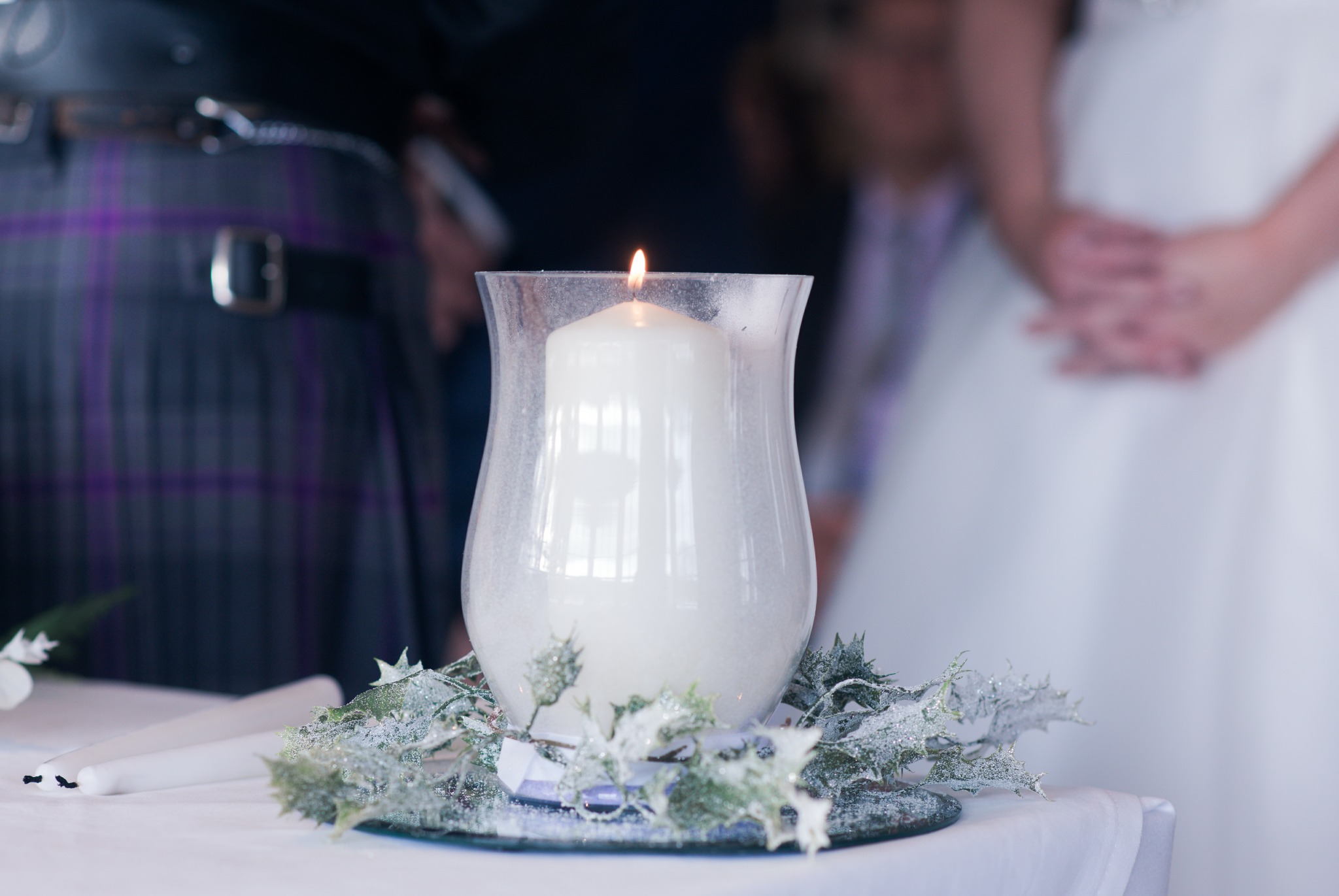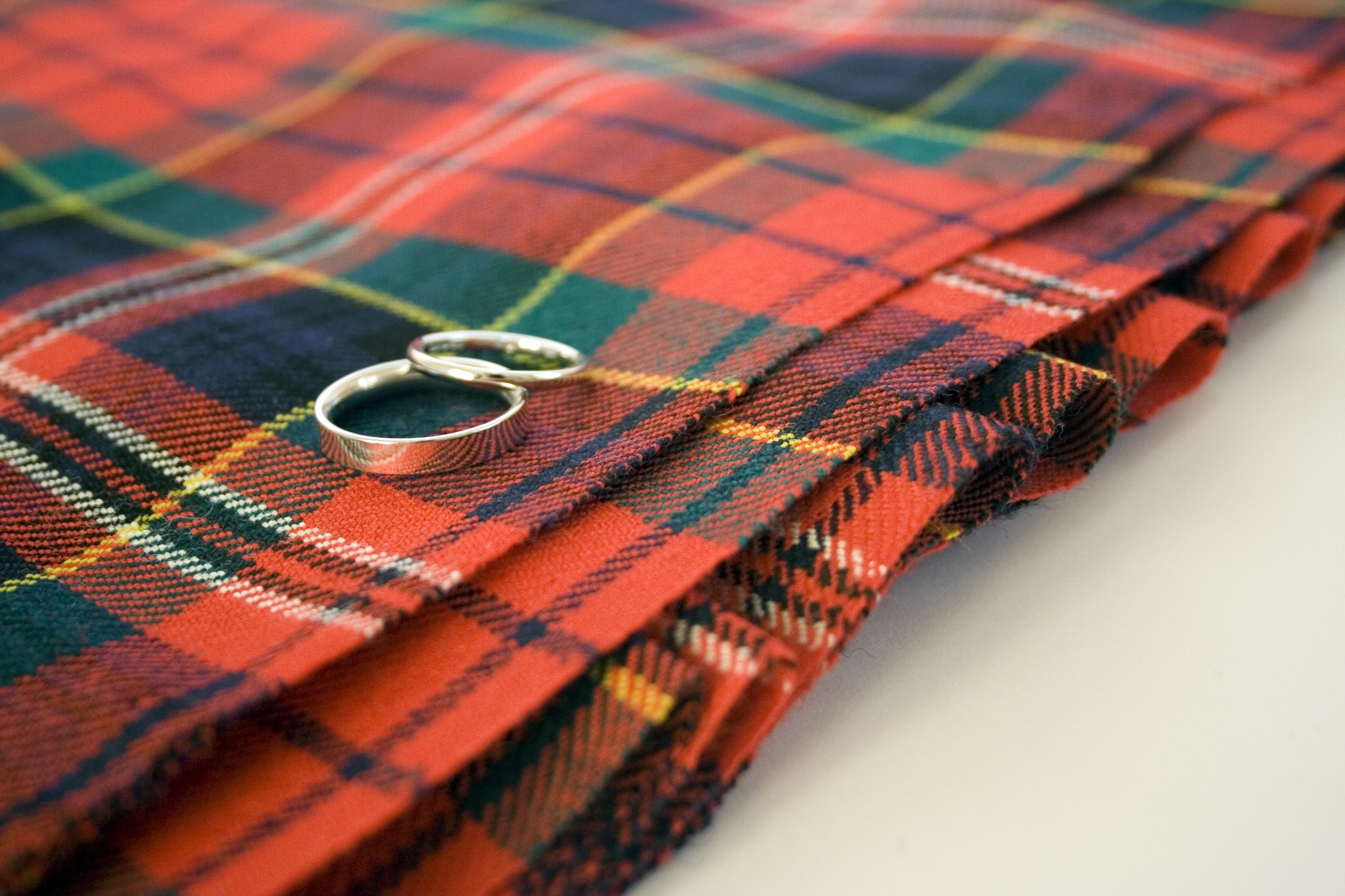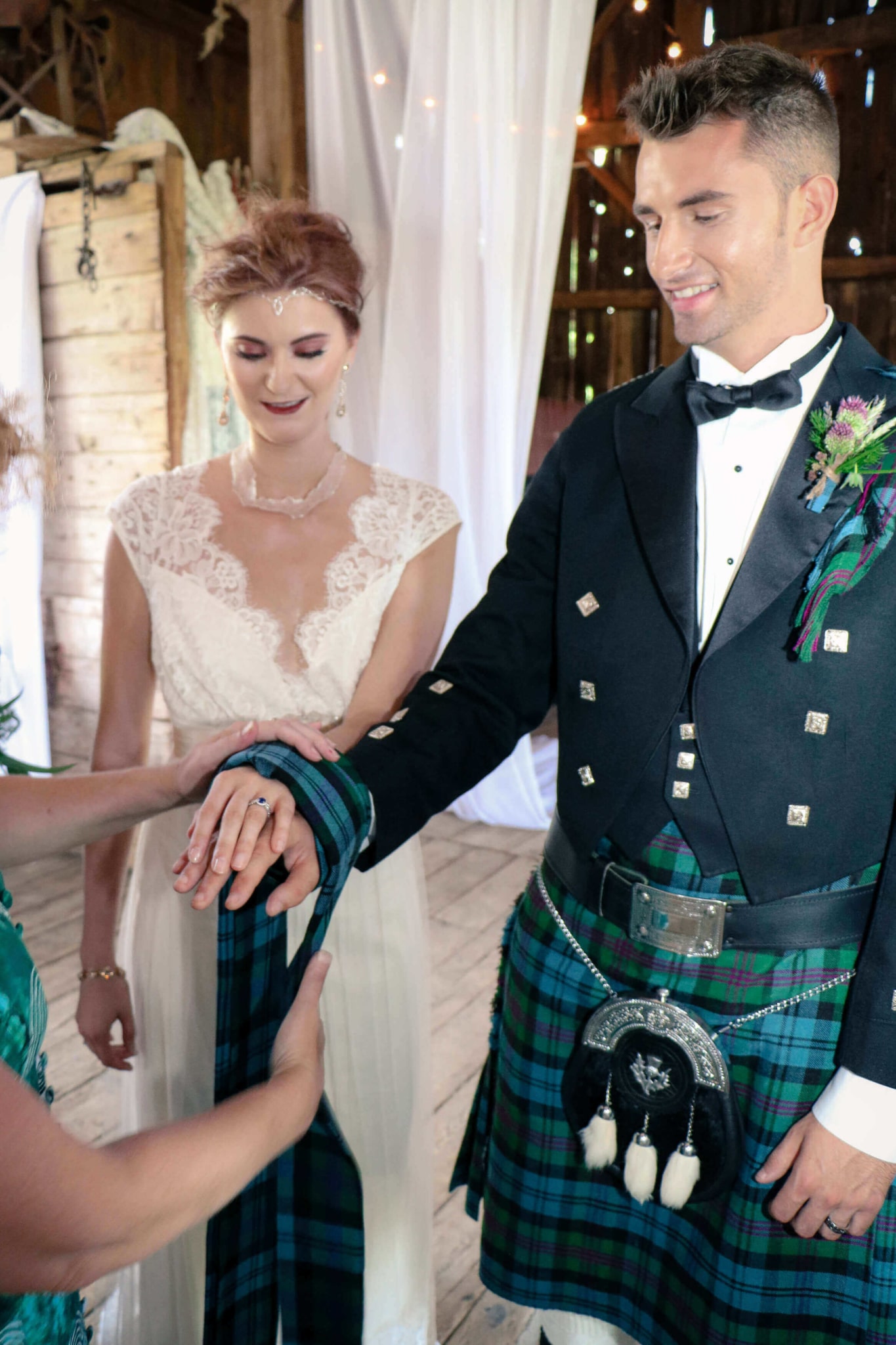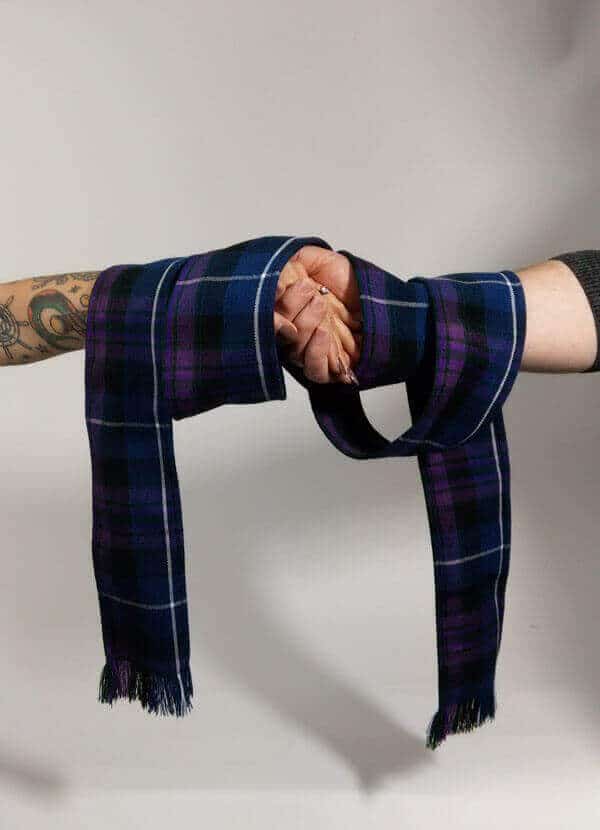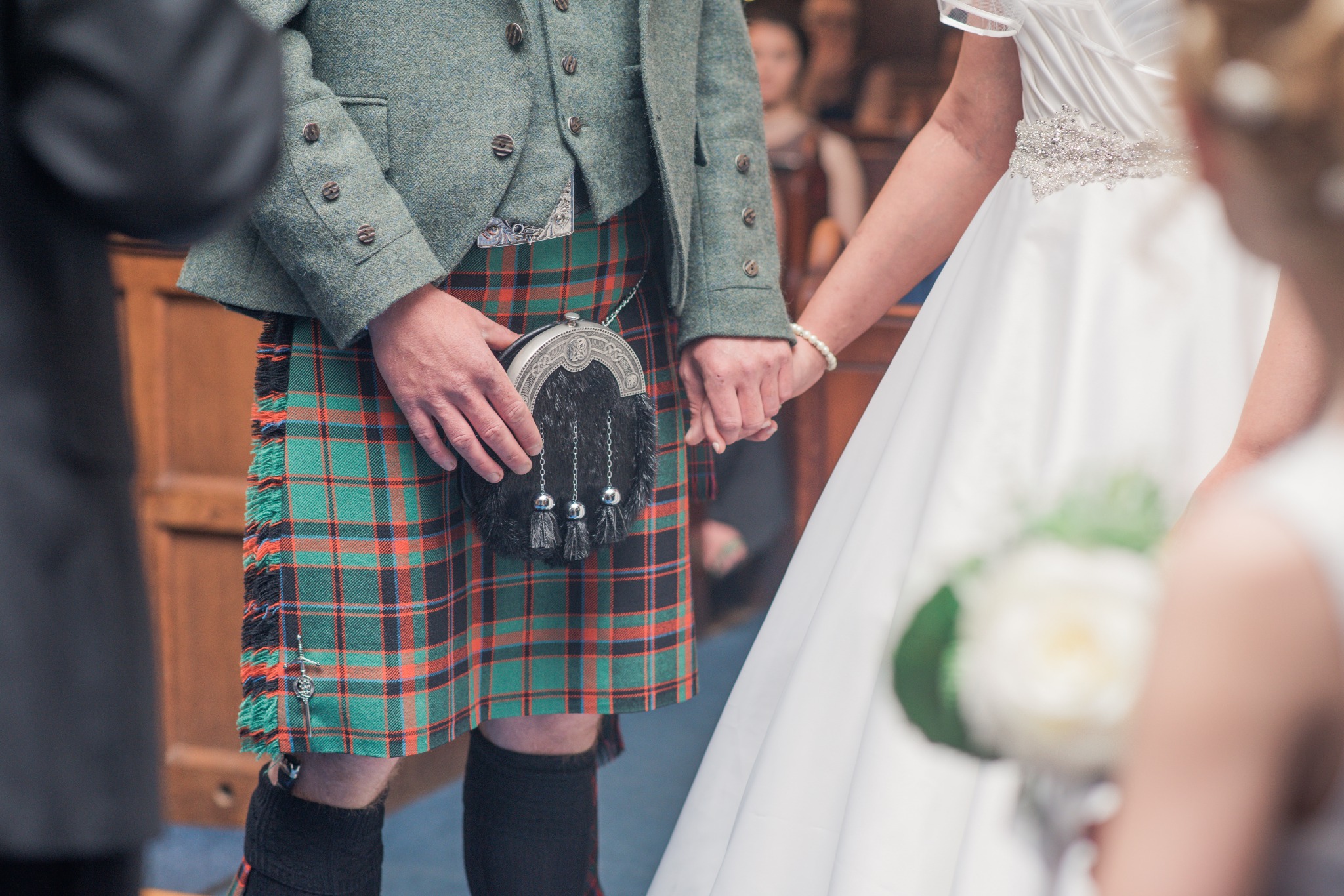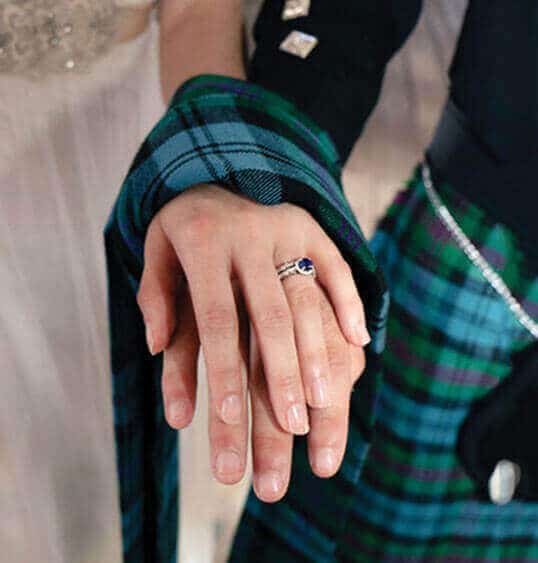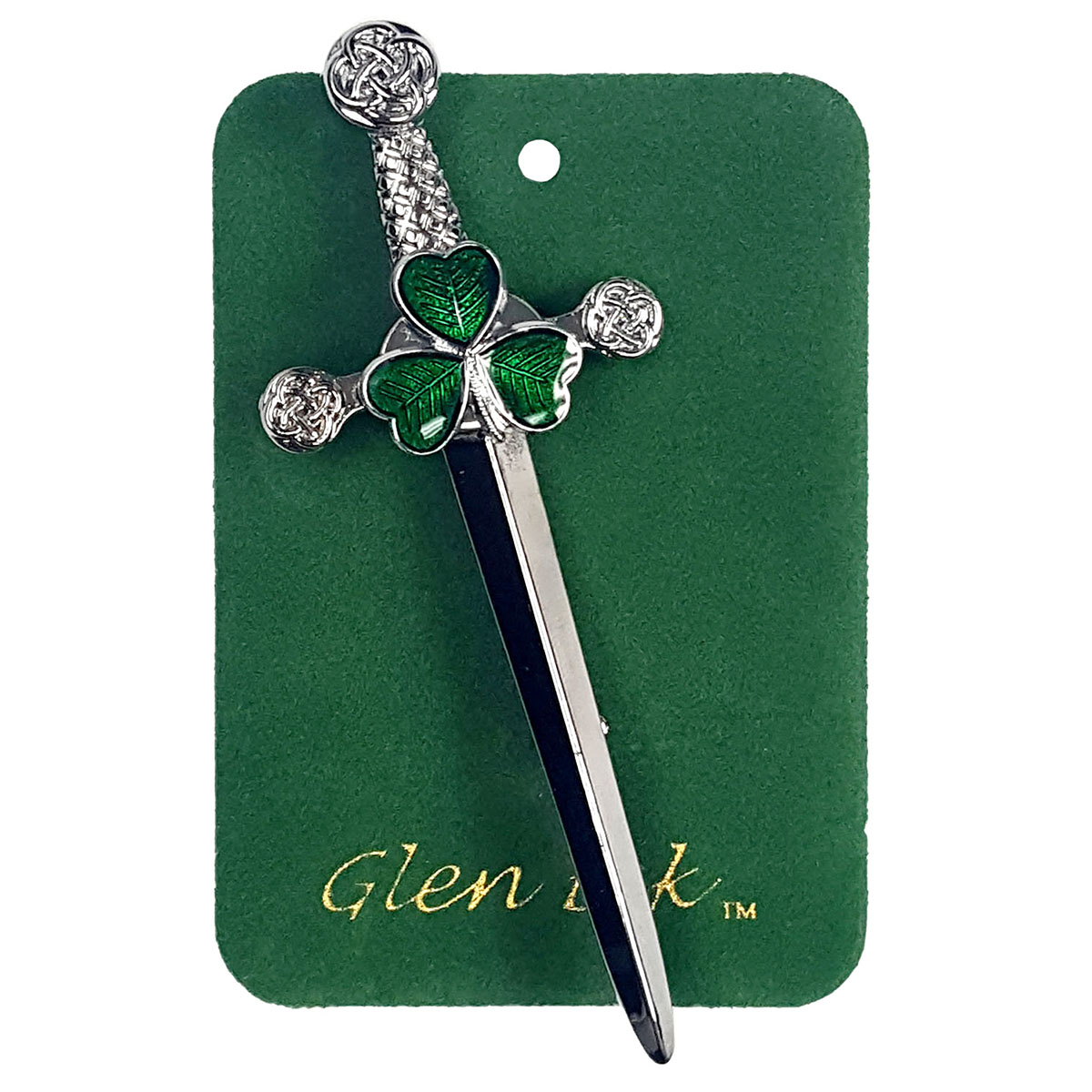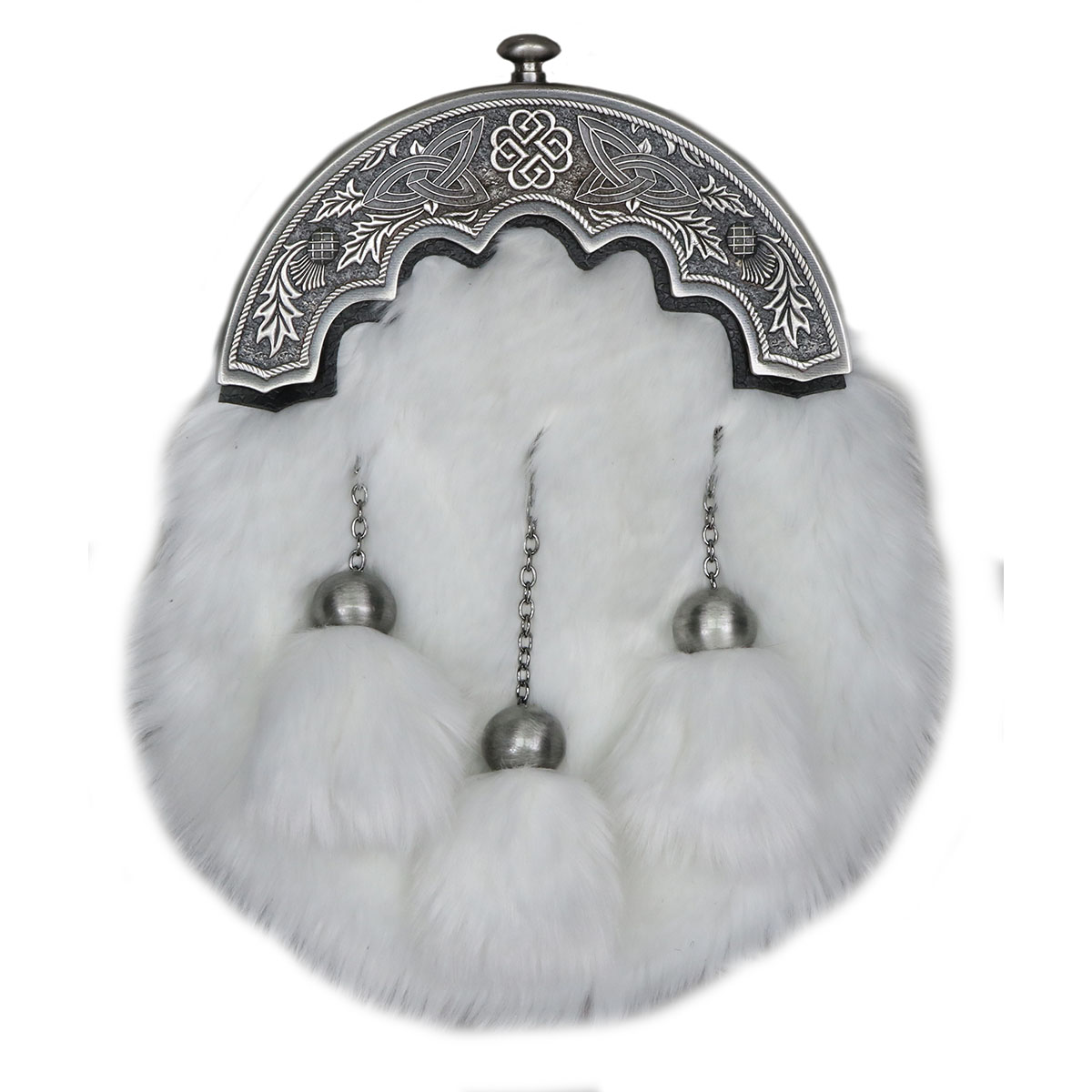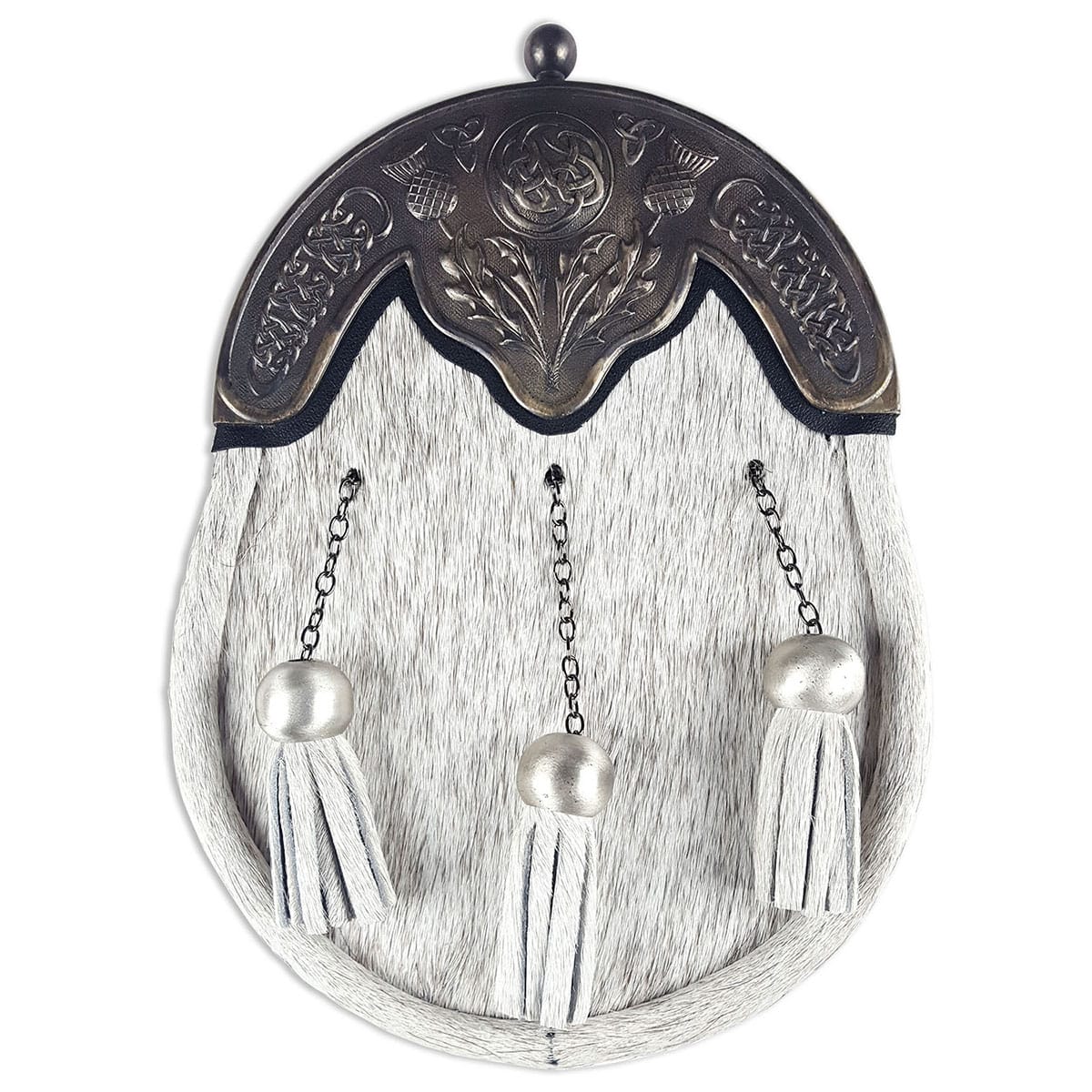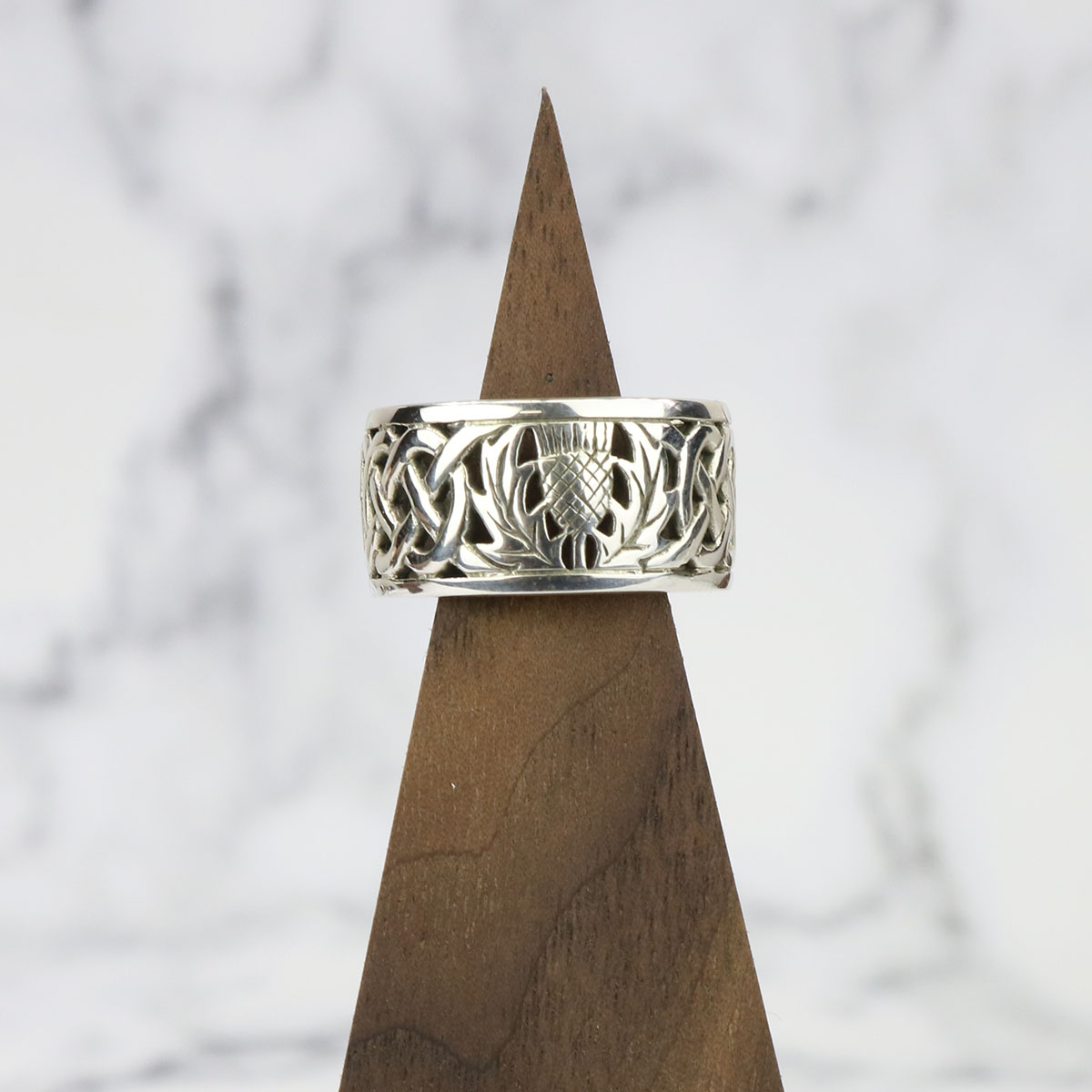Brianna and Roger, Fergus and Marsali. What do these Outlander couples have in common? Fans of the series will remember both Outlander couples handfasted before their weddings in a unity ritual.
So what is handfasting? Simply stated, it’s an engagement made official by the couple joining hands and tying a knot with ribbons or cords. For Celts of the middle ages, it is a bit more complex than that.
If you’re thinking about tying the knot, make sure to check out our formal attire at The Celtic Croft. Whether you need a rental package or it’s time for a permanent wardrobe addition, we’ve got you covered. From our family to yours, we’ll help make your day unforgettable.
Is The Handfasting Ribbon For Engagement Or Marriage?
The tying of ribbons in the handfasting ceremony announces the betrothment of the man and woman. They have a trial marriage that lasts a year and a day.
If it is a good match, they get married. If not, they are released to pursue another.
That sounds like an engagement like we know it today, right? That was the case for Fergus and Marsali, whose handfasting acted as an engagement until they wed.
But it is not. If the couple uses present tense language at the ceremony and has sex in that year, they are considered married. That was the case for Brianna and Roger.
We also saw handfasting between Jamie Fraser and Claire Beauchamp Randal in Outlander. The handfasting ribbon was part of the wedding ceremony, as Jamie proclaimed, “Blood of my blood, bone of my bone.” The unity ribbons were wound around the hands of the couple as Jamie recited in Gaelic, and Claire echoed back.
Definitely a romantic highlight of the series!
Priests and officiants were not all that accessible to couples out in the country. The couple did not even need witnesses to the handfasting act. Witnesses made it easier for them to prove their status if need be, though.
The joining of hands with handfasting ribbon symbolized the combining of two lives, thus completing the contract of marriage. Handfasting, in some Celtic communities, was today’s equivalent of common-law marriage.
Regular vs. Irregular
The church was the regulator of the sacrament of marriage up until 1560, when it became a civil matter. Nuptials then became known as either regular or irregular.
Regular marriages are what we know today. A clergyman reads the banns (announcing the upcoming uniting of the couple), and rings are exchanged.
An irregular marriage (such a lovely term) could happen in one of three ways. Both parties were required to be above the legal age of consent (12 for women and 14 for men.) And they couldn’t be immediately related (historically, cousins did not count as closely related).
- A public pronouncement by the couple that they were each other’s spouse and consummating of the marriage
- Both parties agree to the marriage
- Live together and tell everyone you are husband and wife
The wealthy landowners and chiefs generally opted for regular marriages to secure inheritance and lineage. Irregular marriages were for the poor and common folk.
But either way, it was much simpler to tie the knot back in the old days!
The Handfasting Knot In Modern Times
According to Brides, many couples are opting to incorporate a handfasting ribbon into their wedding day ceremony.
The officiant of the marriage will invite the couple to join hands. By bringing their hands together, each person demonstrates their wish to enter into the marriage. The couple is side by side, with right and left hand entwined.
As the vows are recited by the officiant, the handfasting ribbons are braided or interlaced together around the clasped hands. The officiant declares the binding of the two and their commitment complete. Many couples then will say their vows and exchange rings.
The Material
The most common pre-Christian and 18th-century handfasting material was ribbon or cord. Today, many couples opt for the material that has sentimental value or symbolizes their Clan. Our homespun handfasting tartans make an excellent choice to recognize your family heritage and Clan.
Traditionally three strips are braided together, but you can customize as you like, even adding meaningful bobbles to the ends.
And make sure the material is long enough to be wrapped around the couple’s hands a few times. A yard should suffice.
Handfasted And Ready To Mingle
In medieval times, couples kept the handfasting unity ribbons on until midnight. In modern times, that may make for some awkwardness at the reception. The knot should be loose enough that the couple can slip off without undoing it. A lovely keepsake to cherish from the big day!
Other Celtic Wedding Traditions
Rèiteach is a tradition you may not have heard of before. It is basically when the groom and the father of the bride agree on an upcoming marriage.
The suitor will ask the father for something in the most polite of ways. He might say, “I understand you have a pig that is giving you trouble. Let me unburden you of the little imp”.
These conversations happen in public. Once the father agrees, it’s known that the real agreement is to the marriage of his daughter to the man.
Another aspect of rèiteach, again in public, is a series of women paraded before the potential groom. He says no to each until his intended bride appears before him, and he agrees to her as his bride.
One Celtic wedding custom you may be more familiar with and is still practiced today is ‘jumping the besom.’ The couple that just married jumps over the besom (broom) together. The symbolism of this is that the couple sweeps all the past away and starts clean.
The Handfasting Way
Handfasting can be applied to modern times through holding a private ceremony or as part of your wedding. The handfasting ritual is a beautiful way to connect to your roots.
And many non-traditional couples find comfort in this traditional ceremony.
It’s as easy as using a handfasting cord or buying an authentic handfasting ribbon and pledging yourself to one another.
Make your wedding day unforgettable with The Celtic Croft. We have all the clothing and accessories you need for your perfect ceremony.

